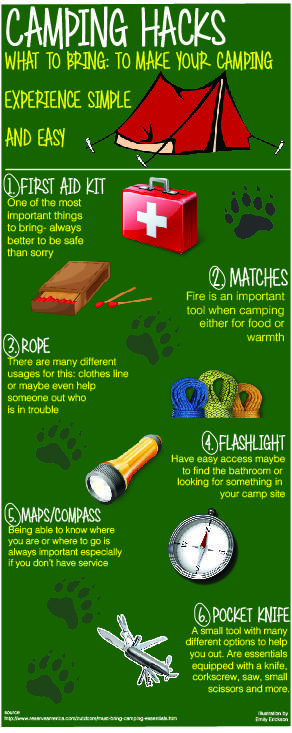A Guide To Selling Camping Tents For Non Internet Savvy
A Guide To Selling Camping Tents For Non Internet Savvy
Blog Article
Does Your Backpacking Tent Need a Footprint?
A footprint is expensive and adds extra weight to your backpack. It also isn't especially resilient.
What are the two types of camping?
Eventually, whether or not a camping tent footprint is required depends upon where and exactly how typically you're camping. Generally, it's a great concept to utilize one if you camp on rough surface areas or in damp problems.
Camping Tents with Lower Deniers and Waterproof Ratings
Tents with reduced deniers and water-proof rankings often tend to be lighter, however they can likewise be a lot more vulnerable. They might need more regular repair work and have less interior space than harder models. If you're a casual backpacker who likes to take a trip rapid and light, this could be great; nevertheless, more skilled walkers understand that sacrificing resilience can come with big repercussions down the path.
The denier and water resistant score of a tent's canopy, rainfly, and flooring can aid you identify its livability. Search for higher-denier fabrics on the cover and rainfly, along with taped joints that assist avoid water from seeping through stitches. Some manufacturers also utilize heat and sealant throughout construction to create a more powerful joint; these are called welded seams.
The livability of an outdoor tents can additionally be figured out by its floor dimensions and ability. An outdoor tents's floor should be slightly smaller sized than the impact to avoid water from pooling under the shelter.
Camping Tents in Rough Terrain
Many backpacking tents consist of an impact designed especially for their design, which assists ensure a correct fit and secures the tent's base from dampness and sharp things. Various other producers sell global impacts that can be cut or folded up to match a camping tent's dimensions.
The type of surface you'll come across is another important factor to consider for picking a camping tent. For instance, if you'll be camping in a canyon or gully, seek a sanctuary that can deal with strong winds. These problems produce turbulence that can make the distinction between enjoying your camping area or suffering pain.
The capacity and top elevation camping gifts of a tent provide you a good idea of its livability, however added variables to think about consist of vestibules (the area of the rainfly covering the doors) and overall storage room. For instance, during our wintertime testing of the Marmot Tungsten, its charitable 93-by-82-inch floor conveniently dealt with 4 perspiring backpackers and their puffier shoulder season resting bags while still leaving ample area for gear and individuals.
Camping Tents in Damp Conditions
Even if your outdoor tents appears completely dry, wetness prowls in the nooks and crannies. With time, it can deteriorate the textile. That's why it's so essential to capitalize on rest days to deep-clean your camping tent and its components, such as zipper linings, risk loopholes and adjustable webbing straps.
Additionally, make sure to pitch your camping tent in a flat area, not a divot or concave place, to ensure that ground water does not collect between the camping tent flooring and impact or tarp. And if you're utilizing an impact, think about a custom-cut one created for your outdoor tents's floor plan. It will not accumulate rainwater the means a generic ground cloth or tarpaulin can.
Technique setting up and removing your tent in your home prior to you hit the trail, to get a feel for just how rapidly and effectively you can do it. Also, method surveying your tent in different surfaces to see how easy it is (or isn't) to do in bad weather.
Outdoors Tents in High-Rise Situations
Camping tents vary in flooring size and livability. For instance, a huge tent with double doors and vestibules like Marmot's Tungsten can manage 4 backpackers without requiring acrobatics to enter and out or to save gear.
The minimum route weight specification is the very best specification to contrast models, as it consists of the bare fundamentals: tent body, rainfly and posts. But remember that the specification leaves out tent stakes, individual lines and stuff sacks.
Many backpacking camping tents can stand up to a light summer storm, however some can be swept away by gale-force gusts. Try to find a version with strong poles, an increased bathtub-style flooring and joint taping to reduce the possibility of water leaking with. Pricier designs also have a tendency to include more powerful products that can resist the impact of debris and various other forces.
How do you survive a tent in the winter?
